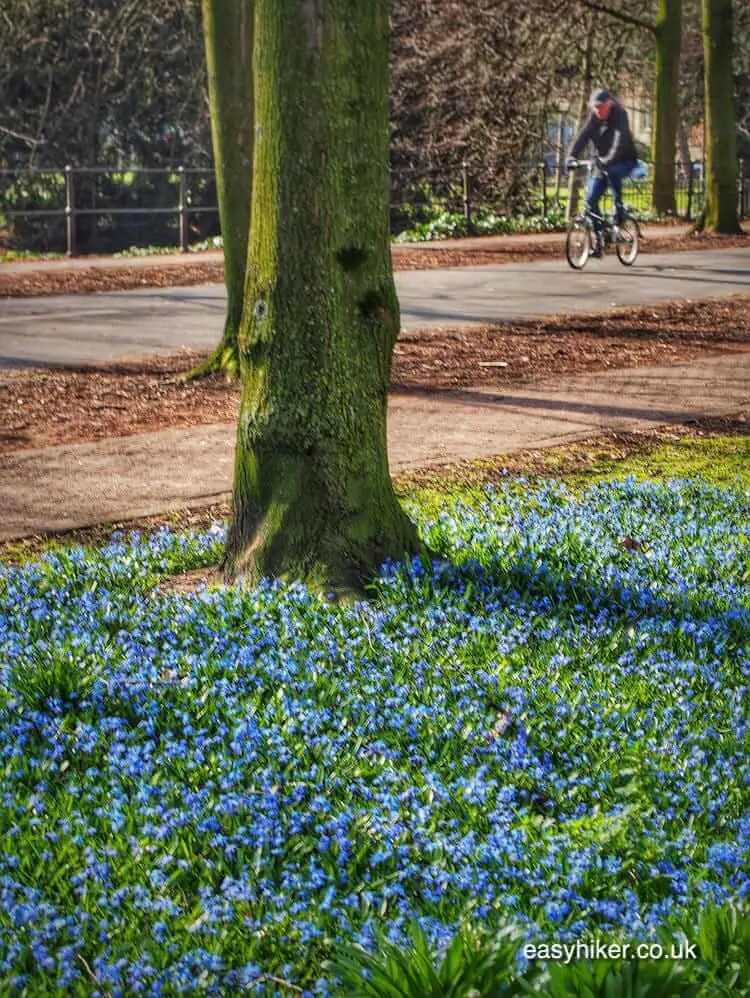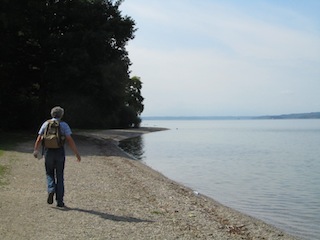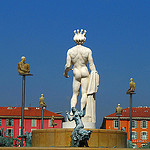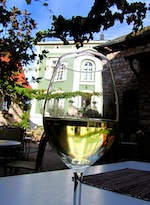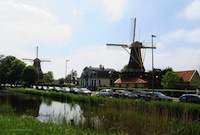By and large, while we may provide you with tips and suggestions, we leave you pretty much free to do whatever you like, dishing out only occasional Iron Rules of Easy Hiking.
Here, however, is one: whenever the town you are visiting offers a wall walk, go and take it.
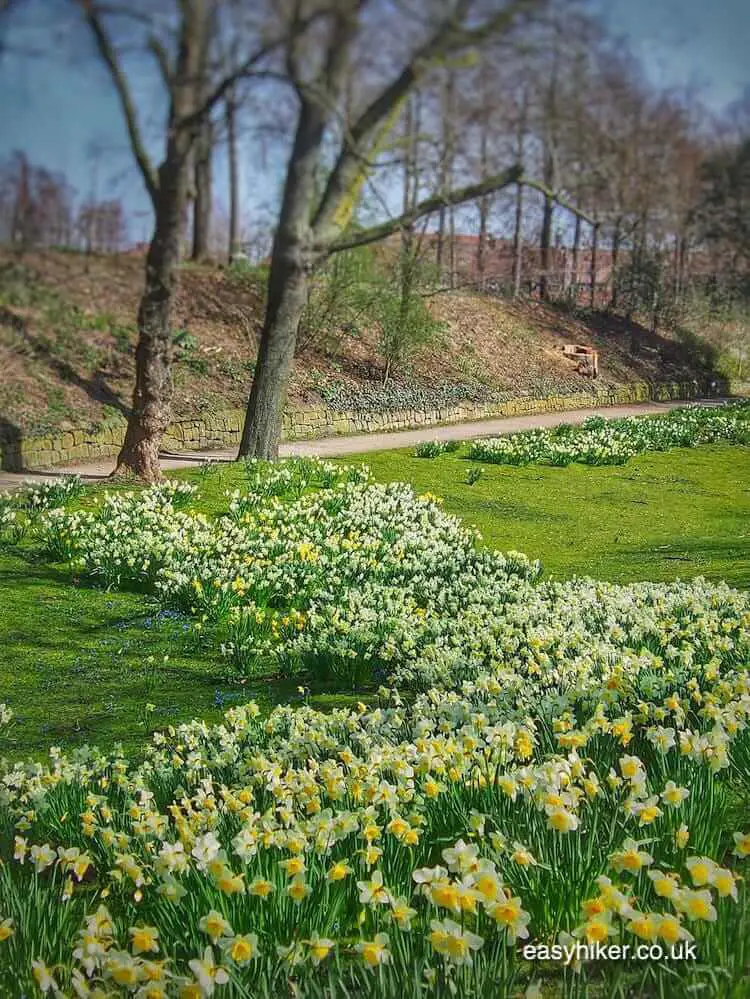
Wall walks – carefully landscaped trails on top of a city’s former fortifications – are almost always the best possible introduction to the city they surround. And what’s more, the cities inside these trails almost always reward such closer inspection and exploration.
To offer a wall walk, a city must be old enough to have had a wall in the first place, plus the foresight – two or three hundred years ago – to turn this wall not into a mere pile of rubble but into an idyllic refuge from urban hustle and bustle, something for their citizens to enjoy.
Such cities are proud of their traditions and heritage. Such cities have history and character, a heart and a soul. Las Vegas does not have a wall. Neither does Milton Keynes.
We have done such a wall walk in Spain (Girona), one in Italy (Lucca and Ferrara), and the UK wall walk in Chichester, London).
Taking the Wall Walk in Muenster
Today, we will go for a wall walk in Germany, asking you to accompany us to the north-western city of Münster where the Promenade, a 4.5 km long lime tree alley, was built to replace the old fortifications after its wall had failed to protect Münster against several successful enemy attacks during the Seven Years‘ War (1756 – 1763).
Lining your route, you will find some of the city’s most famous sites: the Prince Bishop’s baroque palace, now the administrative HQ of the local university …
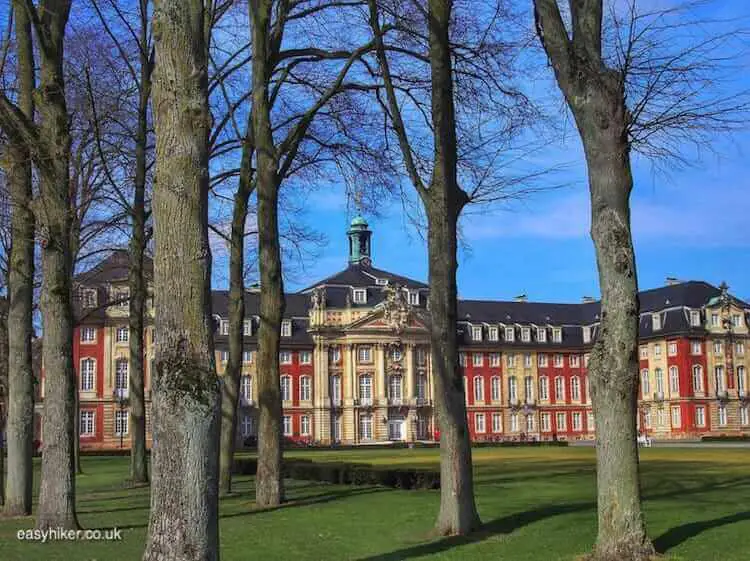
… the Aasee lake …
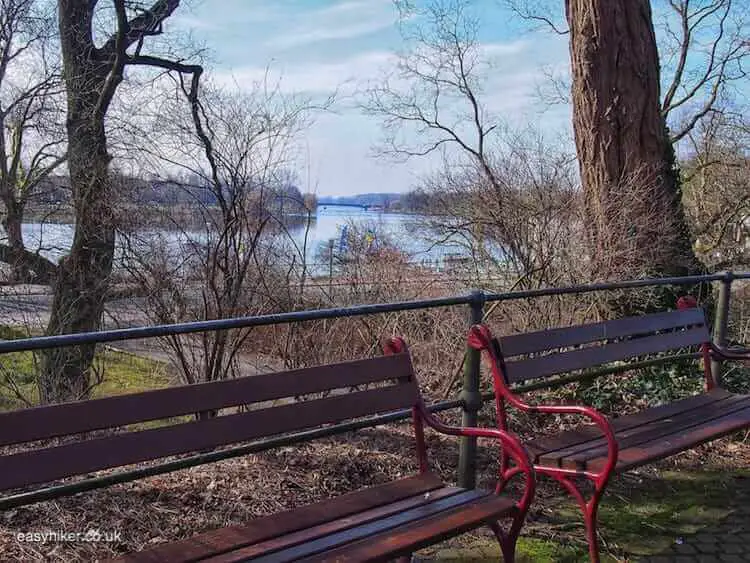
… the 12th century Buddenturm, the oldest extant part of the former fortifications …
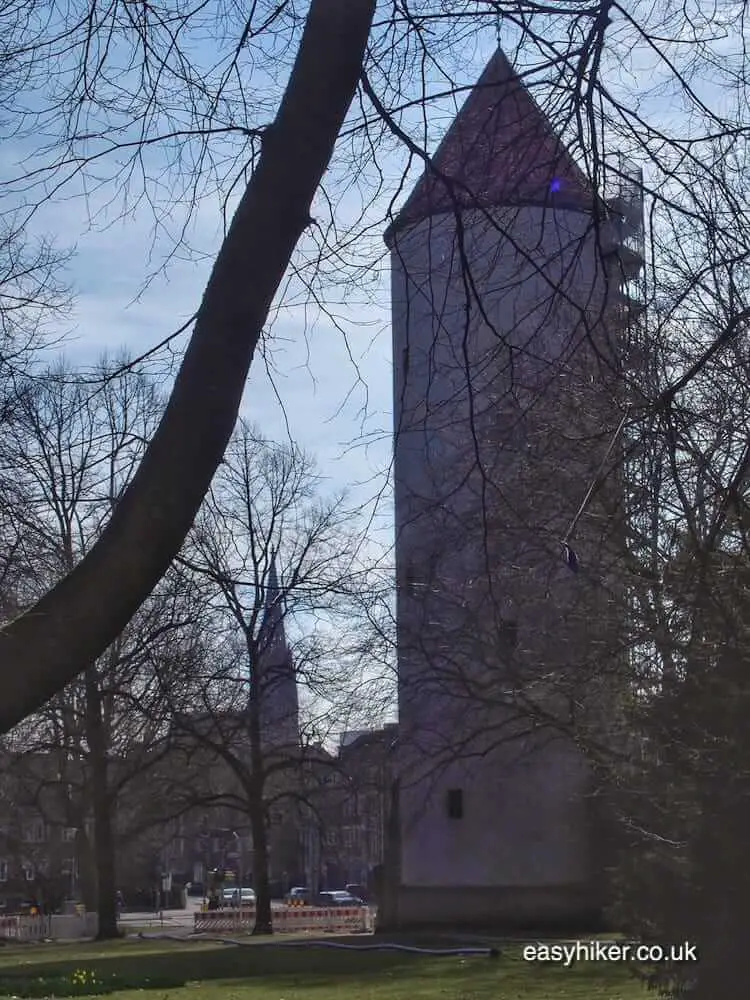
… and the Zwinger, built in the 15th century as residential accommodation for the Prince Bishop’s soldiers, later converted into a prison and, in the 1940s, a torture chamber for Hitler’s Gestapo.
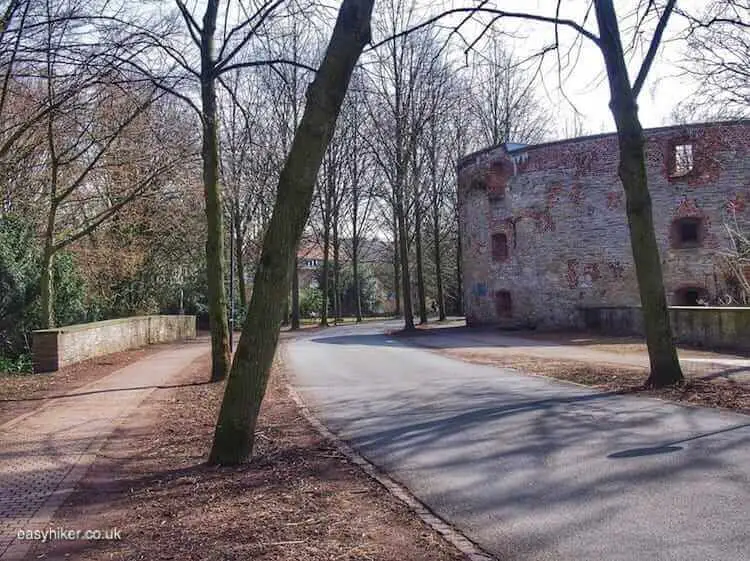
On top of that, many other well-known features of Münster’s small but pretty Old Town can be spotted from afar, such as the spires of the Cathedral and St Lamberti Town Church, which invite you for closer inspection later on.
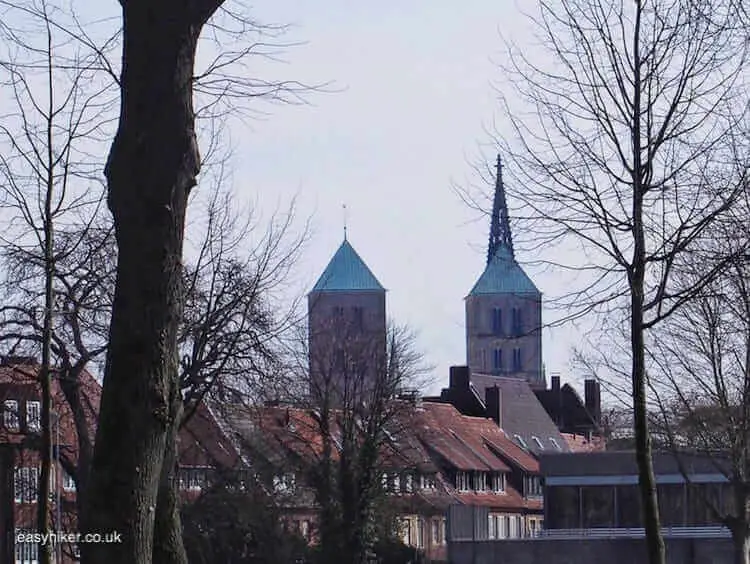
In the recent past, Münster has become famous for its decennial show of modern sculptures, the Skulptur Projekte. Many of the works were originally exhibited around the Promenade, and some have since been acquired by the municipal government (or institutional sponsors), such as Henry Moore’s Vertebrae near the buildings of the WestLB bank.
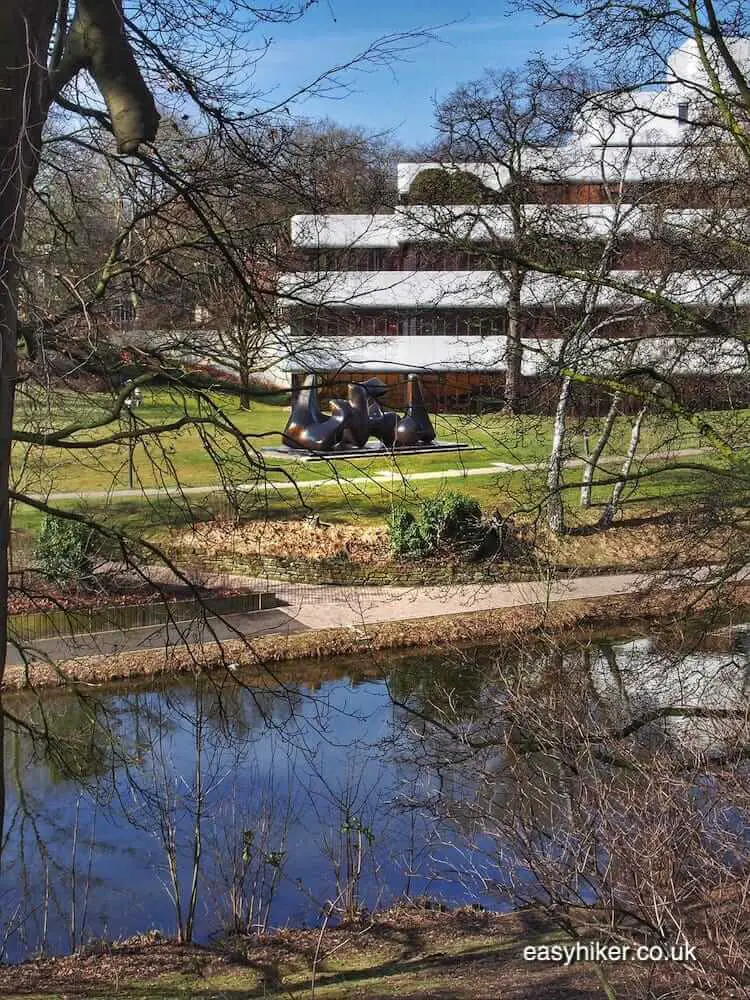
Even more intriguingly, the Promenade provides the scenery for several works of the SchattenSkulptura, a “wildcat” extension of the official show that celebrates the pure joy of making things and that encourages amateur artists to show their work, simply for the sake of having and sharing fun.
The “Golden-Painted Bicycle” was left near Ludgeriplatz several years ago, nobody knows by whom and what (if anything) it is meant to represent, but it has remained chained to its lamp post ever since.
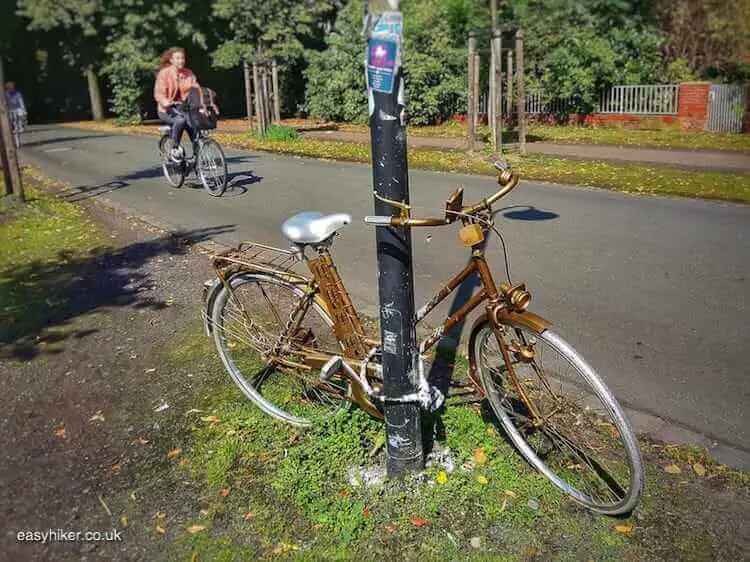
If you are walking on the Promenade for any length of time, you will soon realize that cycling is a big thing in Münster. The Promenade often provides the shortest or at least – since cars are not allowed to enter – easiest-to-navigate connection between key locations of the Old Town (and, more importantly, the different parts of the University), so bicycle traffic is generally heavy.
In many spots, 1000 cyclists per hour pass by during the day, that is one every four or five seconds, and a few years ago, 1750 cyclists were counted in 60 minutes at the underpass near Salzstrasse, still a national record.
Bicycle traffic is controlled by a police squad on mountain bikes, also a unique arrangement in Germany. In principle, the entire Promenade, including the road-like central lane, is primarily a pedestrian zone, and cyclists are merely tolerated.
In practice, however, few cyclists are aware of this and treat the middle lane pretty much like a cycling highway, so you better keep to the sidewalks and watch out when you stray into the middle.
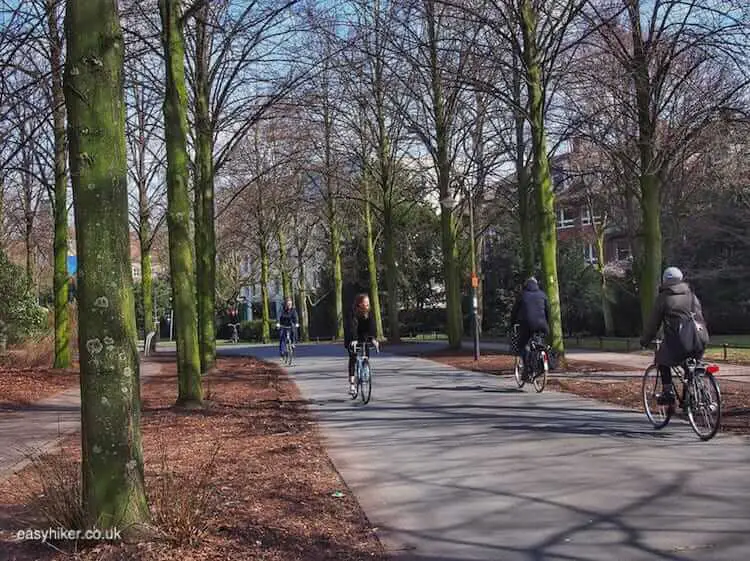
Unlike most of the other wall walks that we have done in the past, the Promenade does not divide town and country but Old Town and New Town. There are consequently no views over the countryside, but a picturesque element is introduced by the many bodies of water that line the route.
The old fortification complex featured two moats, one inside and one outside the wall, and while the inner moat was filled with soil straight away when the Promenade was built, the outer moat survived for another 100 years – and, in certain places, until today.
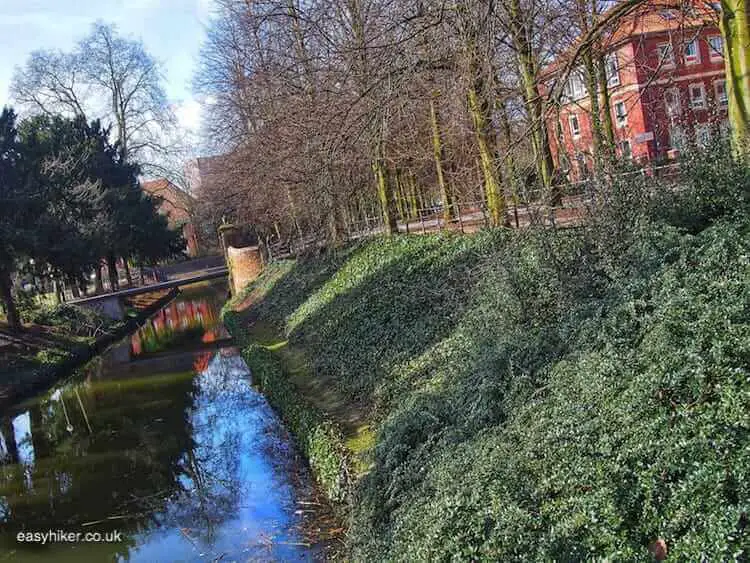
On top of that, there is the crossing with the river Aa – not Germany’s mightiest stream by a long way, although surely the first to pop up in any dictionary.
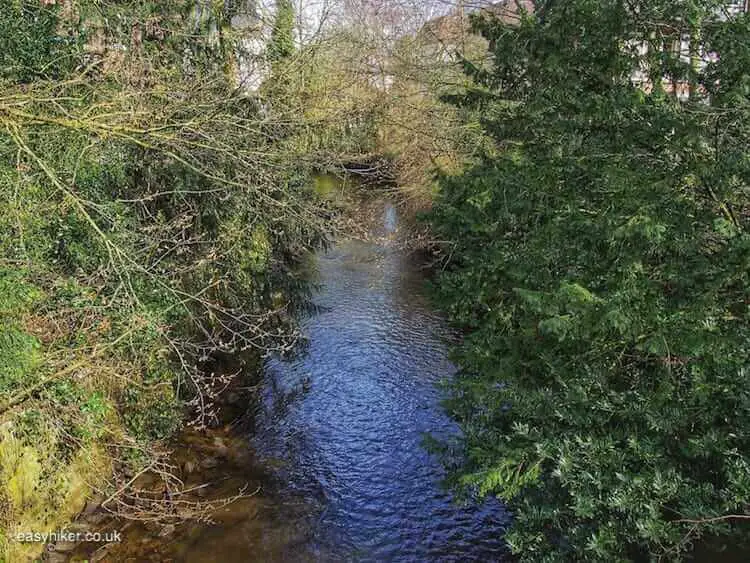
You can join the Promenade anywhere in town, but if you arrive by train, we suggest to walk straight out of the station into Windthorststrasse and then turn left, following the trail in a clockwise direction.
Around the half-way point, near the Buddenturm, you may want to go for a snack or a drink in the town’s Kuhviertel quarter on your right hand side.
Many of Münster’s best and most picturesque students’ pubs are concentrated here, including one of the region’s few surviving private breweries, the locally legendary Pinkus Müller.
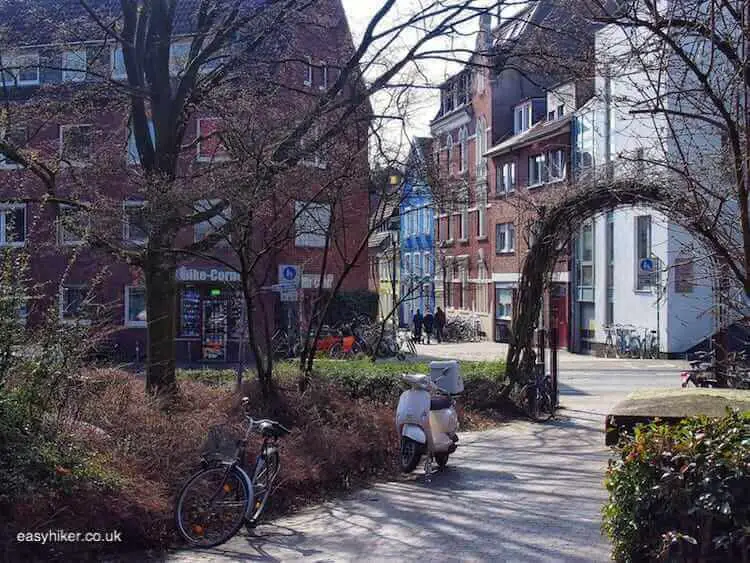
And don’t forget to observe the most important Iron Rule of Easy Hiking – and keep your eyes open. Wherever you go, there are always interesting things to discover.
